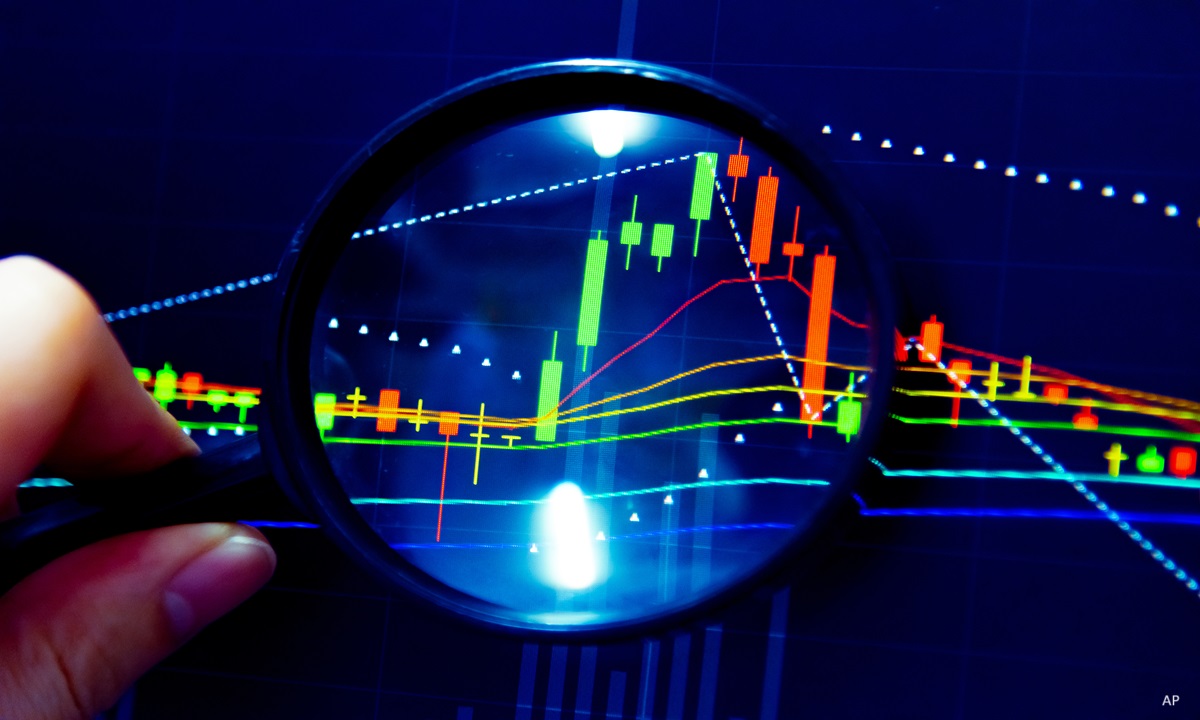Rolle im Portfolio
iShares AEX provides low-cost exposure to Dutch large-cap equities and can be used as a core holding. This well-diversified fund could appeal to investors looking to build a Dutch-centric portfolio. However, it should be noted that the performance of the AEX is closely correlated to international indices. Over the last five years, the AEX has shown an 89% correlation to the widely-held EURO STOXX 50. The AEX has shown an 88% correlation to the MSCI World over the same period. This reflects the fact that some of the largest constituents of the Dutch index, such as Unilever and Royal Dutch Shell, are truly global players. iShares AEX can also act as a tactical tool to overweight Dutch equities within a diversified portfolio. It could be useful for those who want to place a bet on the near-to-medium-term prospects of the Dutch market under the belief that the benchmark index is undervalued. However, it is important for investors to examine the index’s constituents. Like many country indices, the AEX is fairly top heavy, with the top 10 constituents accounting for about 78% of its value. The financial sector account for about a quarter of the index's total value. Investors outside of the Eurozone looking at this euro-denominated fund should be aware of currency risk. A weakening euro will weigh on the return of the fund in the investor’s home currency.
Fundamentale Analyse
After 26 years of uninterrupted economic growth, the Netherlands--the fifth-largest economy in the euro region and the second-largest exporter after Germany--was hard-hit by the global economic crisis. The financial sector, on which the country is highly dependent, was particularly vulnerable, due in part to the high level of exposure some Dutch banks had to US mortgage-backed securities. In response to the financial turmoil, the government nationalised two banks, Fortis NL and ABN AMRO, and injected billions of dollars into ING, to prevent further systemic risk. The bank bailouts and stimulus programs have, however, resulted in a deterioration of the Netherlands' public finances. The challenge for the government remains to cut spending to bring the budget deficit back to pre-crisis levels, while promoting economic recovery.
The Dutch economy emerged from its third recession since the financial crisis in Q3-2013 as exports benefited from improved activity across the US and Europe. The upturn was also driven by a reduced drag from domestic demand. However, over the medium term, growth is likely to be constrained by deleveraging across the household, corporate and government sectors. The household sector, which is the most heavily indebted in Europe, has suffered from declining house prices, falling real incomes and rising unemployment.
That said, given the international nature of the companies making up the AEX index, the biggest factors impacting valuations in the short to medium-term will likely remain the pace of the European recovery and the slowdown in some emerging markets --most notably China. News from central bankers will also likely continue to dictate investor sentiment towards equities. Perhaps the best proof of that is the indiscriminate sell-off in emerging markets at the beginning of 2014 triggered by the Fed starting to taper its quantitative easing programme.
In the long term, the diversified selection of high-quality Dutch multinationals making up the AEX index should deliver adequate returns relative to the level of risk assumed by investors. These companies are market leaders abroad, as exemplified by Shell, one of the six oil majors in the world, and Unilever, the world’s second largest consumer goods company. These multinationals should continue to benefit from growth in emerging markets, even if it is expected to be more moderate going forward.
Indexkonstruktion
The AEX index consists of the 25 most actively traded shares on Euronext Amsterdam. The index is free-float market capitalisation weighted. Each component’s weighting in the index is capped at 15%. Annual reviews are carried out in March. The financial sector is the most heavily weighted at 22-25% of the index's value, followed by consumer goods (14-18%), oil & gas (15-18%) and basic materials (10-13%). The index’s top constituent is Royal Dutch Shell, Europe's largest oil company, with a 13-16% weighting. The second and third biggest stocks represented are consumer goods company Unilever and banking group ING.
Fondskonstruktion
iShares AEX uses physical replication to track the performance of the AEX Total Return index. The fund buys the 25 securities within the index. iShares engages in securities lending to generate additional revenues. Lending revenue generated by parent company BlackRock on behalf of the fund is split 60/40 between the fund and BlackRock, whereby BlackRock covers the costs resulting from the securities lending transactions (the net return to the fund was 0.19% for the year ended December 2013). Although this activity can help to offset the TER, it potentially exposes investors to counterparty risk. To protect the fund, iShares takes collateral greater than the loan value. Collateral margins vary from 102.5% to 112%, depending on the assets provided by the borrower as collateral. As of this writing, collateral was made up of European and US large cap. Data at the end of December 2013 reveals that 7.7% of the fund’s NAV was lent out on average over the previous 12 months with a maximum percentage of the total NAV lent on any single day of 30%. As a general rule, the amount of assets that iShares funds are allowed by BlackRock to lend out at any one point in time is capped at 50%. As an additional protection measure, BlackRock provides borrower default indemnification, i.e. the company commits to replace the securities that any borrower would fail to return, but it will not cover losses incurred on the reinvestment of cash collateral. Blackrock’s additional efforts to minimise this risk include regular monitoring of the counterparties' financial stability, ring-fencing the collateral in a third-party escrow account and marking the collateral’s value to market daily. Dividends received from the underlying stocks are invested in AEX futures until they are distributed to fund holders on a quarterly basis. This dividend treatment helps to reduce cash drag.
Gebühren
This fund levies a 0.30% total expense ratio, which is on par with other funds tracking the Dutch benchmark. Other potential costs associated with holding this fund which are not included in the TER include rebalancing costs, bid-ask spreads and brokerage fees.
Alternativen
iShares AEX is the largest ETF tracking the AEX as measured by assets under management and the most heavily-traded on Euronext Amsterdam as measured by its trailing 3-month average daily volume.
There are three alternative ETFs tracking the Dutch benchmark: SPDR AEX Index ETF, ETFX AEX Fund and Think AEX Tracker, all sporting identical TERs of 0.30%. Some investors, and particularly those residing in the Netherlands, can benefit from the specific tax status of Dutch-domiciled Think AEX Tracker, whereby they can reclaim dividend withholding tax. This tax treatment helps to minimise dividend leakage.
















